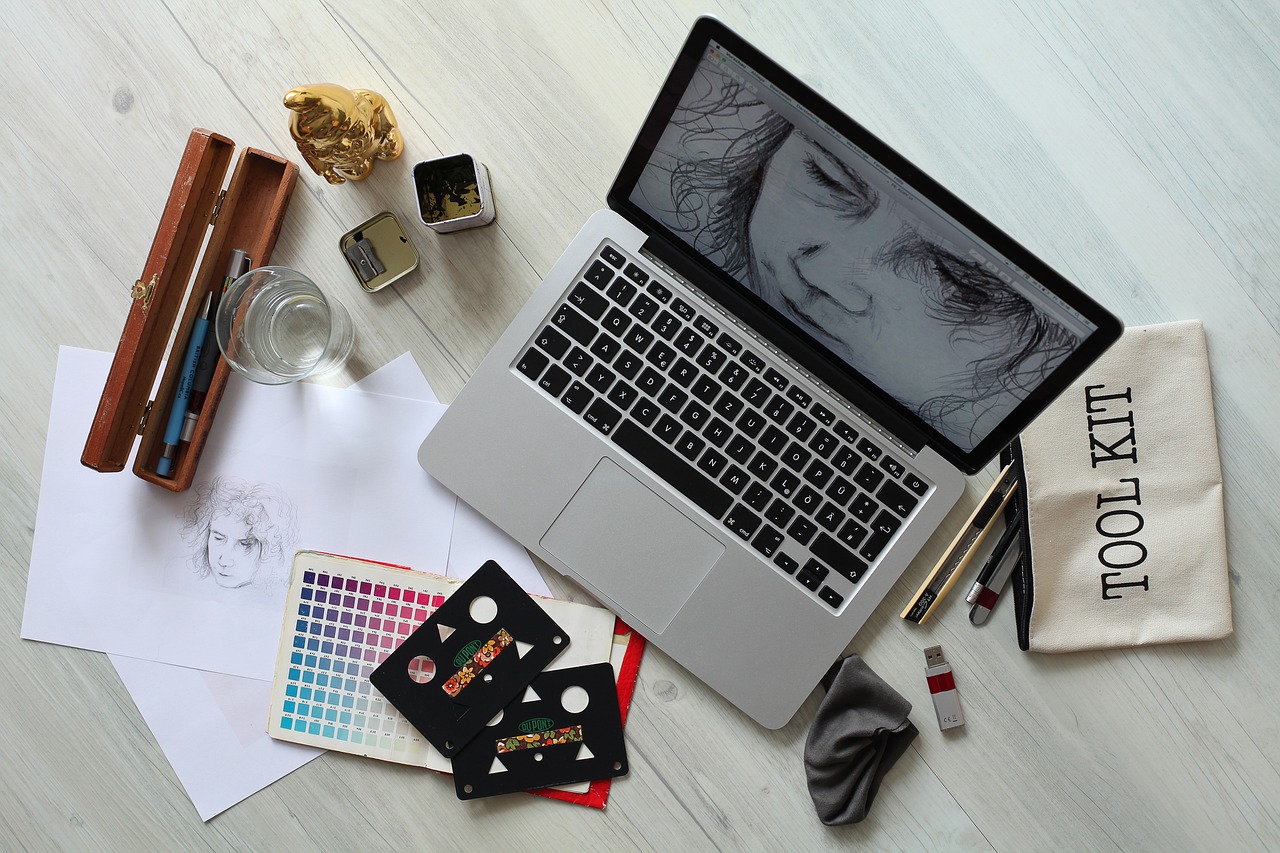Color plays a pivotal role in logo design, influencing perceptions, emotions, and consumer behavior. Understanding color psychology is essential for creating logos that effectively communicate a brand’s message and resonate with its target audience. Here’s how color psychology impacts logo design:
1. Emotional Impact
Colors evoke specific emotional responses and associations. For example:
- Red: Represents energy, passion, and excitement. It can stimulate appetite and create a sense of urgency, making it suitable for brands in industries like food, retail, or entertainment.
- Blue: Symbolizes trust, professionalism, and reliability. It is often used by tech companies, banks, and healthcare providers to convey security and confidence.
- Green: Associated with nature, growth, and health. It signifies freshness and sustainability, making it ideal for eco-friendly brands or those in the health and wellness sector.
- Yellow: Represents optimism, happiness, and youthfulness. It grabs attention and is often used by brands seeking to convey warmth and positivity.
2. Brand Personality
Colors help define a brand’s personality and differentiate it from competitors. The choice of colors should align with the brand’s values, target audience, and industry. For instance, luxury brands often use black, gold, or silver to convey sophistication and exclusivity, while children’s brands may use bright, playful colors to appeal to young audiences.
3. Cultural and Contextual Considerations
Colors can have different meanings and interpretations across cultures. It’s crucial to consider cultural nuances and regional preferences when designing logos for global audiences. For example, while white symbolizes purity and simplicity in Western cultures, it represents mourning in some Asian cultures.
4. Visual Hierarchy and Contrast
Effective use of color creates visual hierarchy and draws attention to key elements within a logo. Contrast between background and foreground colors enhances readability and ensures that the logo remains visually appealing across different mediums and sizes.
5. Color Combinations
Harmonious color combinations enhance the overall aesthetic appeal of a logo. Design principles such as complementary, analogous, or triadic color schemes can be used to create balanced and visually pleasing logos. Contrastingly, monochromatic schemes can provide a sleek and minimalist look.
6. Brand Recognition and Recall
Consistent use of colors over time helps build brand recognition and recall. When consumers see familiar colors associated with a brand, they quickly identify and connect with it. This reinforces brand loyalty and strengthens brand perception in the marketplace.
7. Adaptability and Versatility
Consider how colors will appear across different mediums, such as digital screens, print materials, and merchandise. Ensure that the logo retains its color integrity and visual impact in various formats and environments. Test the logo in different color modes (RGB for digital and CMYK for print) to maintain consistency.
Conclusion
In logo design, color psychology is a powerful tool that influences emotions, perceptions, and consumer behavior. By strategically selecting colors that align with the brand’s personality, target audience, and industry norms, designers can create logos that effectively communicate the brand’s values and resonate with consumers on a subconscious level. Understanding cultural nuances, creating visual hierarchy through contrast, and ensuring adaptability across different mediums are essential considerations when leveraging color psychology in logo design. Ultimately, a well-designed logo that harnesses the power of color psychology enhances brand identity, fosters consumer trust, and contributes to long-term brand success in the competitive marketplace.

